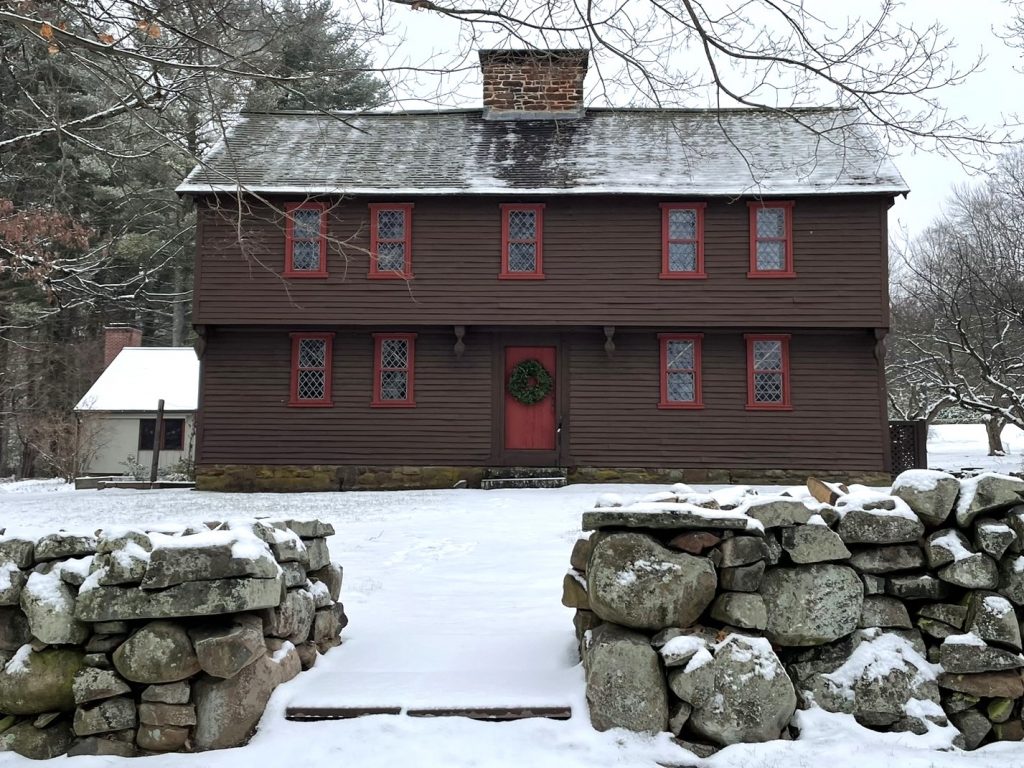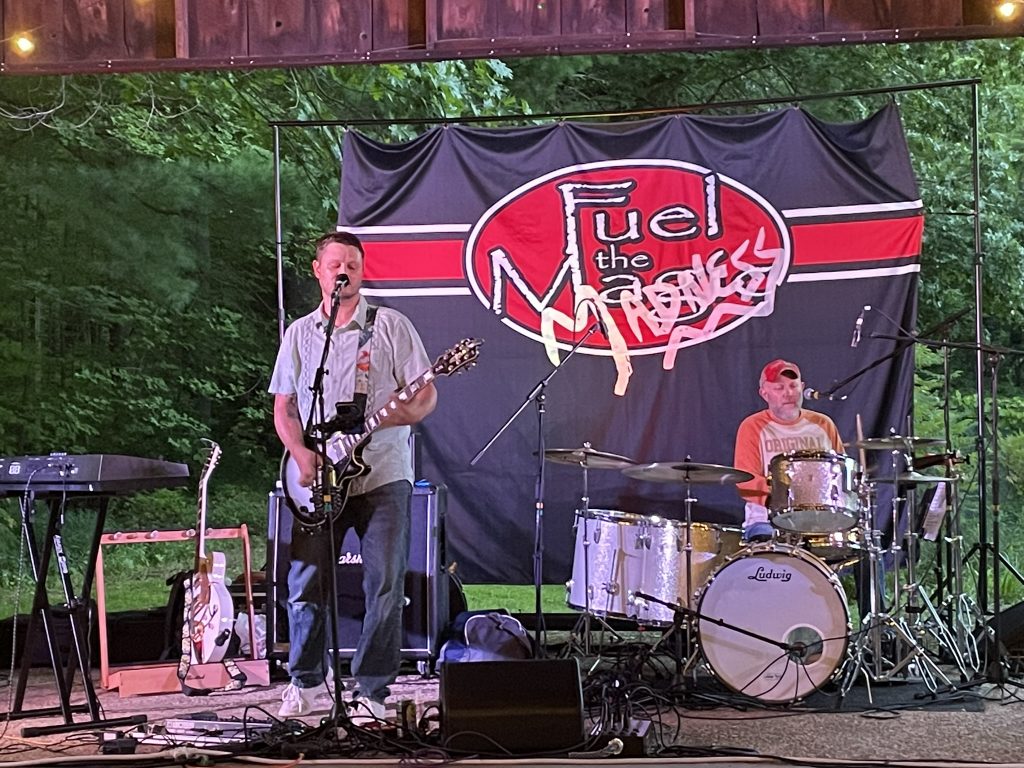Here are a few items of interest from some adventures around the state as I zipped in and out over two different visits (clearly one trip last summer and a second trip this winter!).
Bartlett Arboretum & Gardens
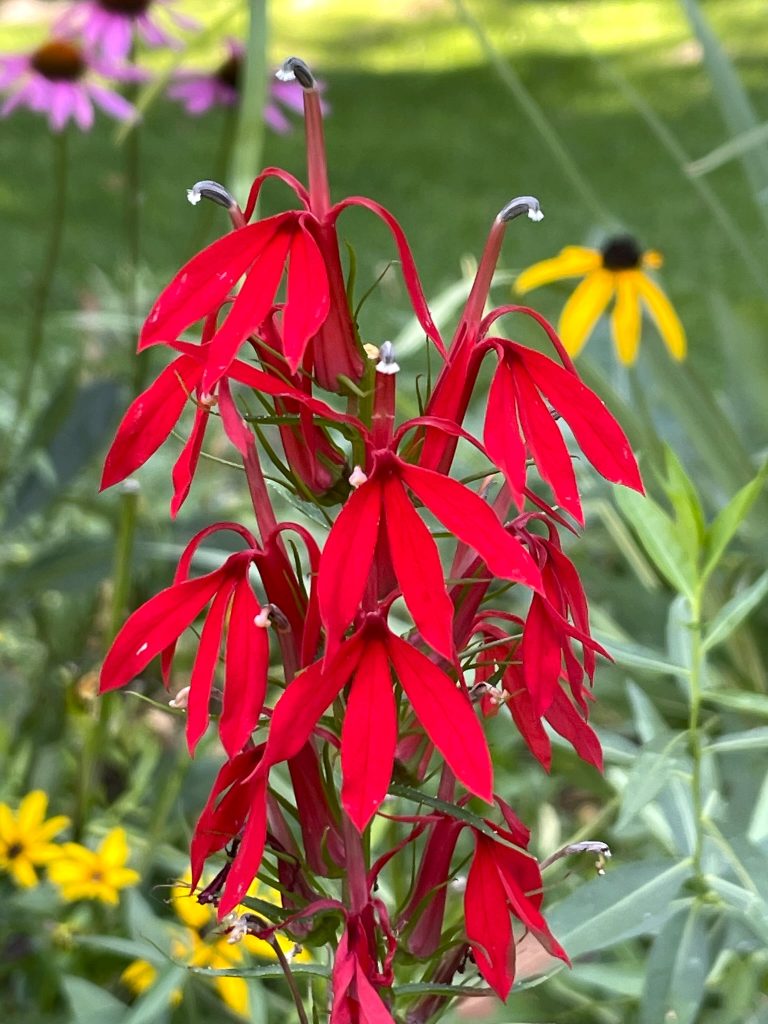
I made a stop here to fill some time on my way somewhere else. The gardens were small and the trails not very exciting, but I’m always happy to be outside on a lovely day, so it no complaints.
The Arboretum is located in Stamford, and was started in 1913 by dendrologist (a scientist who studies trees) Francis A. Bartlett. It opened to the public in 1966.

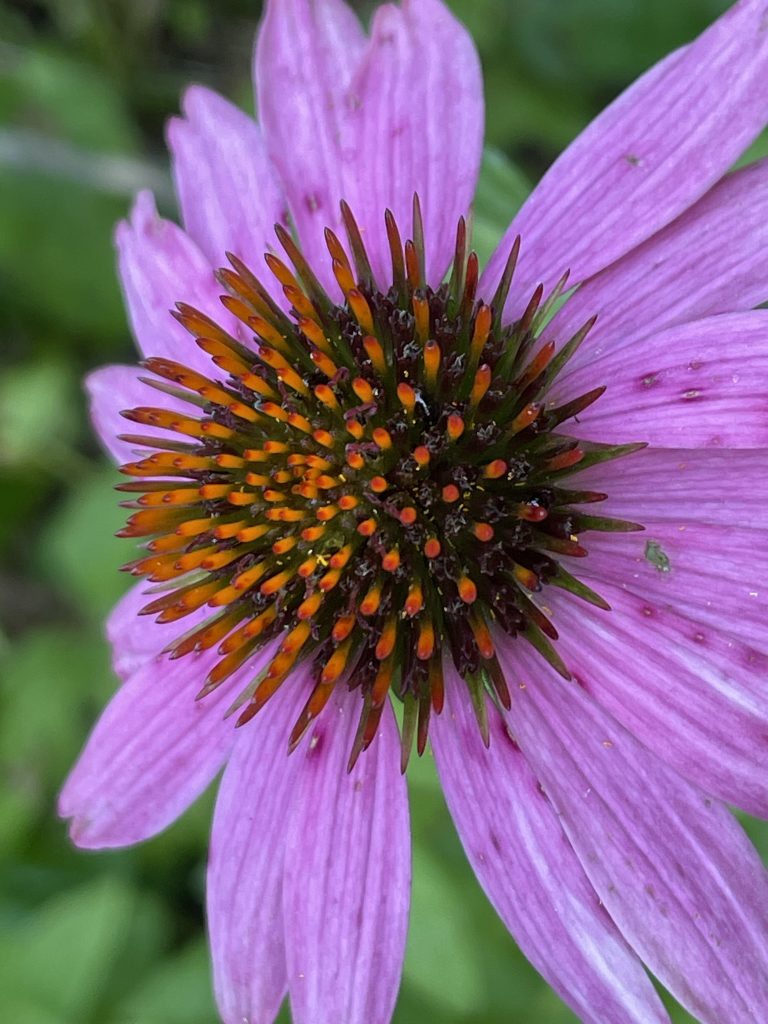
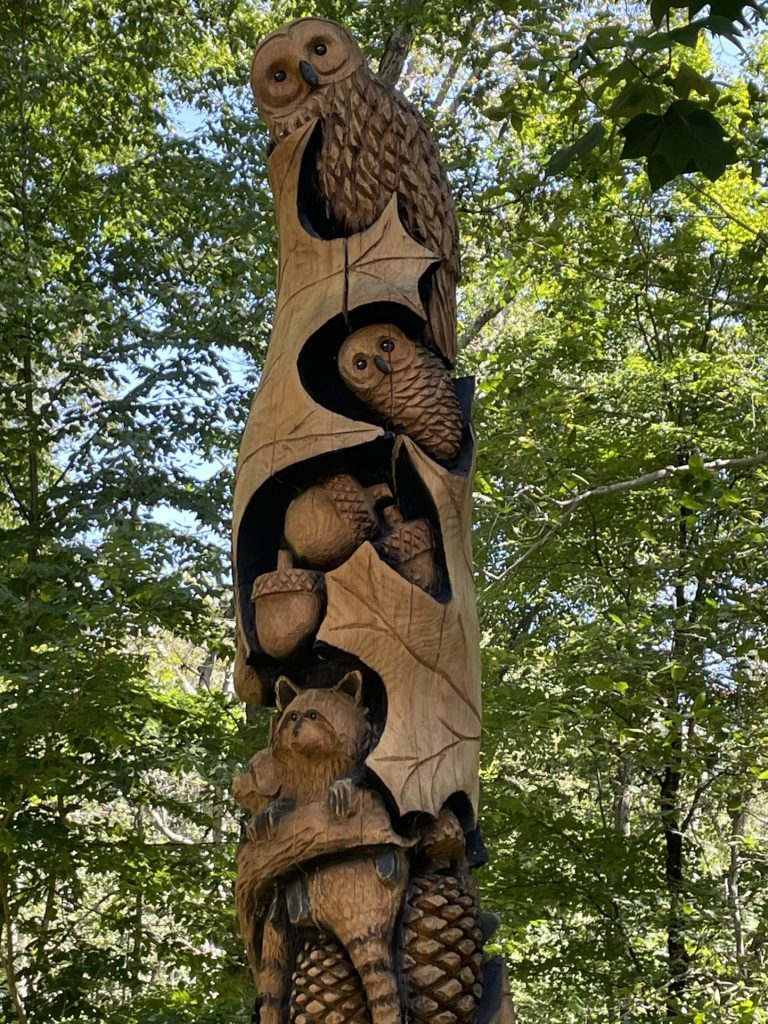

The Unitarian Universalist Congregation in Westport
It was a quick stop to see this church in Westport, which was designed by modernist architect Victor A. Lundy. It was completed in 1965, and is nicknamed “New Ship Church” (in reference to the 1681 Old Ship Church in Hingham, Massachusetts). I made a good effort to get inside, but it was locked up tight.
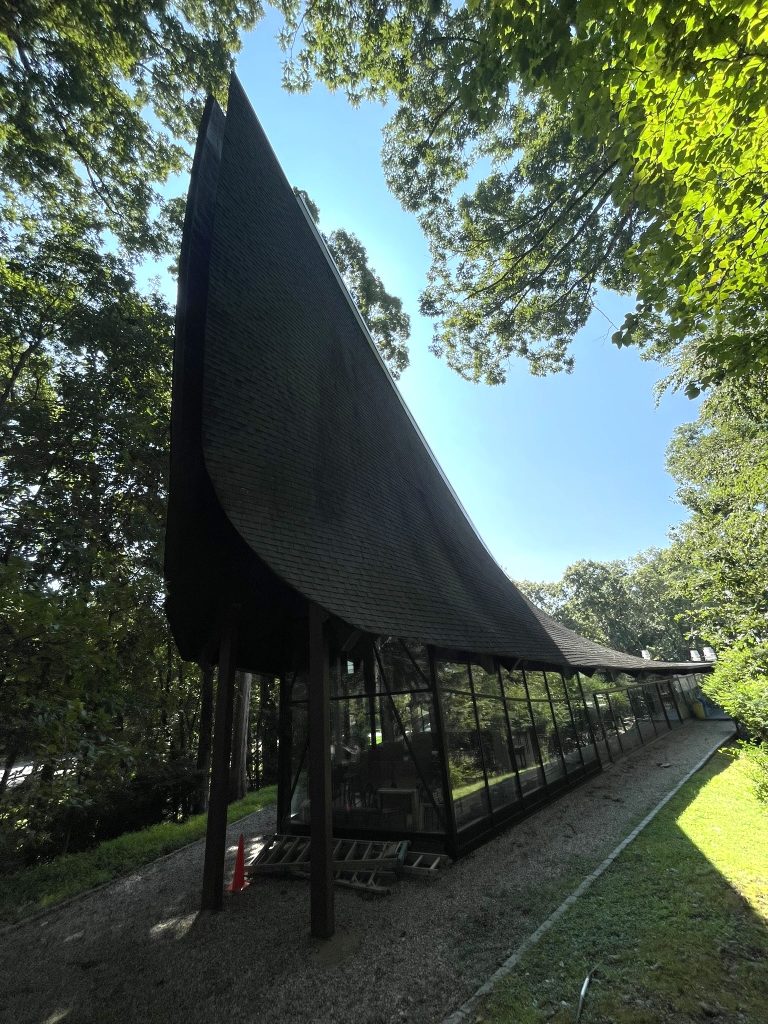
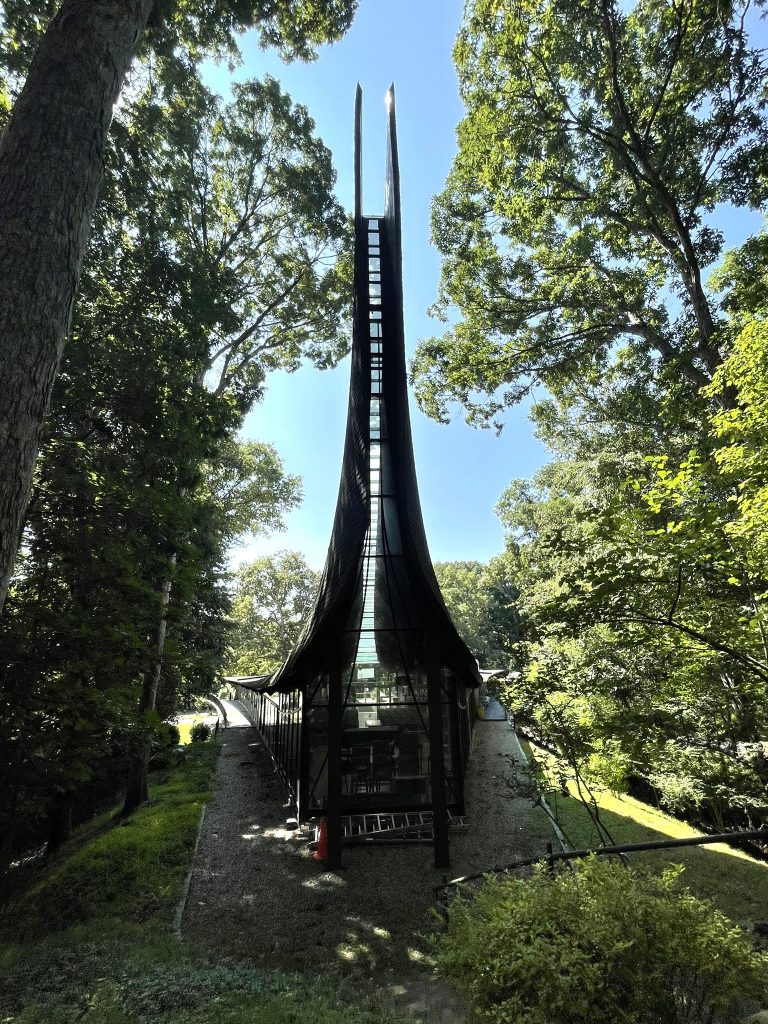
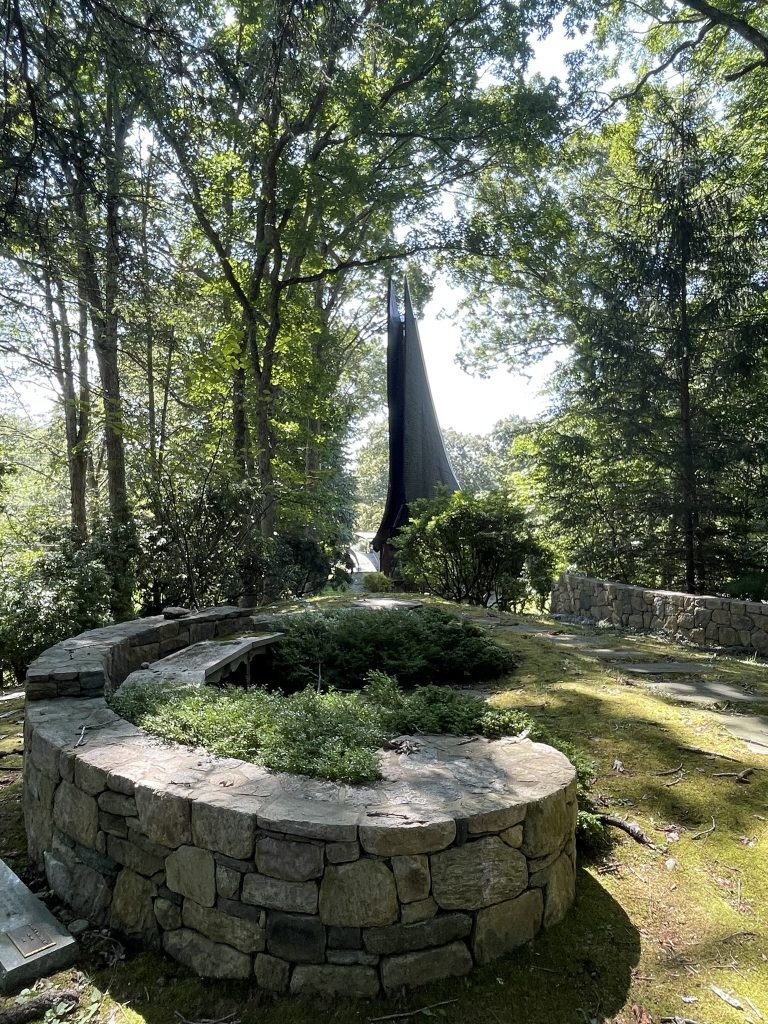
Noah Webster
Noah Webster (1758-1843) was born and raised in West Hartford. He went on to become an American lexicographer, whose “Blue-Backed Speller” books taught scores of American children how to spell and read. He is, of course, most known for his dictionary, first published in 1806 as A Compendious Dictionary of the English Language. He also was an editor and author, served in the Connecticut House of Representatives, and he played a role in the Copyright Act of 1831.
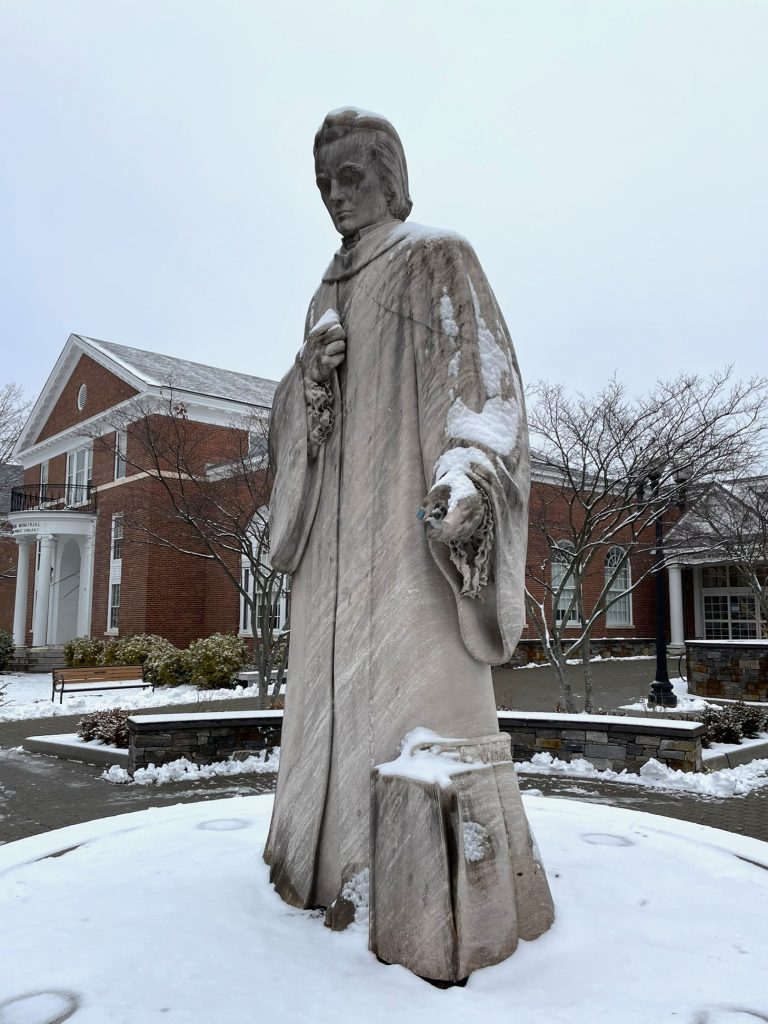

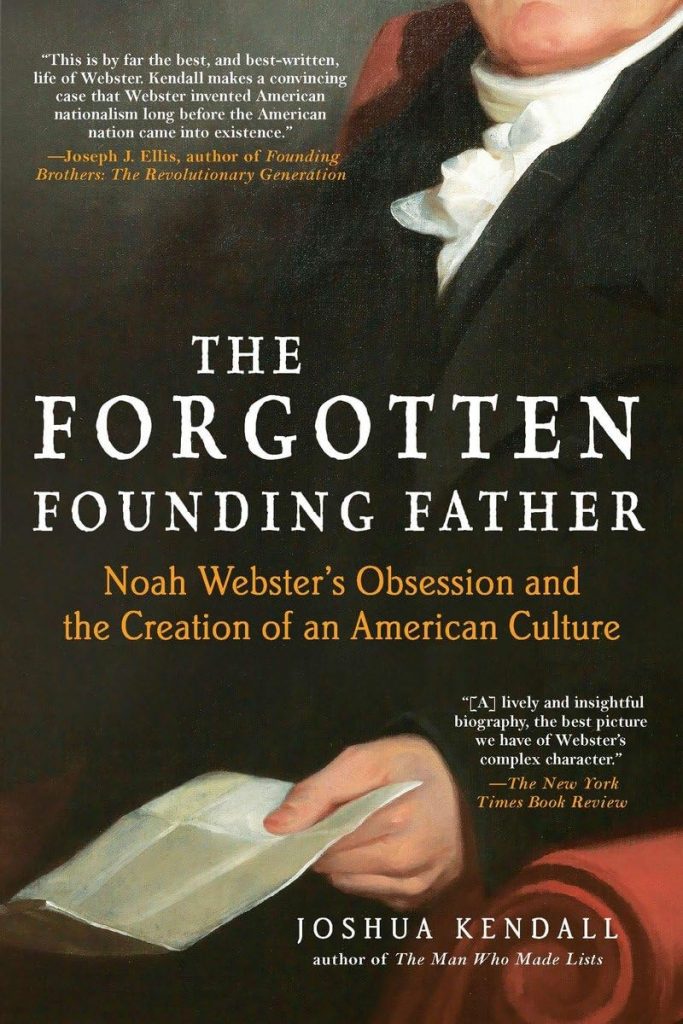
Hill–Stead Museum
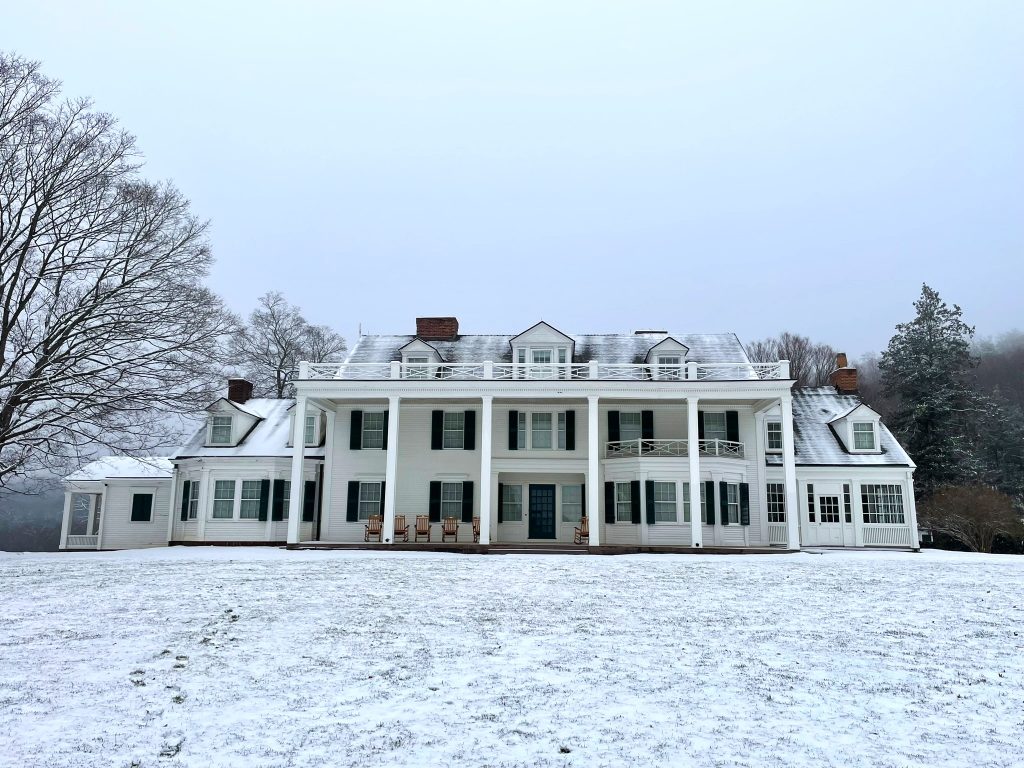
Hill–Stead is a Colonial Revival house in Farmington, where we lived for nearly many years (the town, not the house). We have toured it repeatedly, often bringing out-of-town guests to visit. Sadly, no pictures are allowed on the tour, so you’ll have to trust me that it’s a worthy stop. It has an amazing art collection, including Monet, Degas, Manet, Whistler, Cassatt, and much, much more.
The 1901 home was designed by Theodate Pope Riddle, one of the United States’ first female architects, for her parents.
Theodate was a very interesting woman worth learning about in her own right. She attended Miss Porter’s School (later famous as the alma mater of Jacqueline Bouvier Kennedy Onnassis), survived the sinking of the Lusitania but only after waking up in the morgue after having been passed over as dead, was interested in spiritualism, was first cousin to architect Philip Johnson’s mother, and married diplomat John Wallace Riddle late in life after being introduced to him by Theodore Roosevelt’s sister who lived in Farmington.
Theodate inherited the house when her father died in 1913, and upon her death in 1946, it became a museum. Today it sits on 152 acres (down from an original 250), which have hiking trails open to the public.
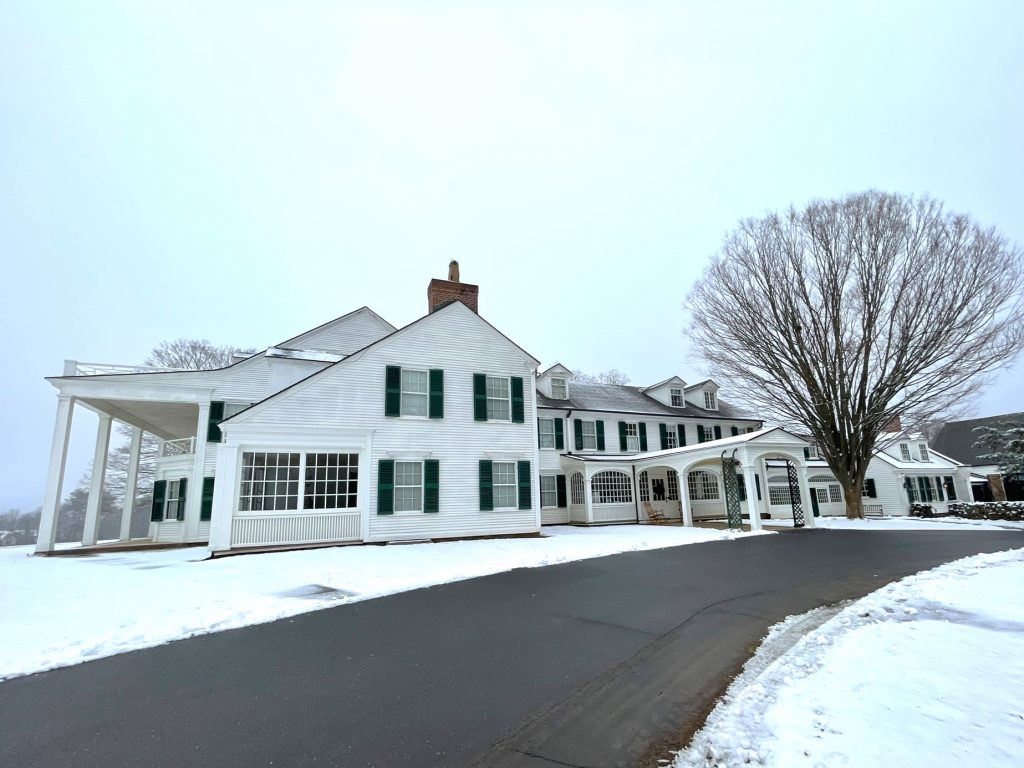
Hearthstone Castle
I did a short hike in Danbury to go so the ruins of Hearthstone Castle, which was once a 16-room home built between 1895 and 1899. It was built out of rocks quarried on site, and had eight stone fireplaces. Inside featured woodwork throughout, all imported from Italy. Over the years it had several owners, though one occupant, Irene Parks (who received the home as a wedding gift), lived in it from 1918 until her death in 1976. Her heirs lived there until 1987, when it was situated on was sold to the town of Danbury.
Danbury did not maintain the property, though they created many plans for it. As it stands now, a roofless shell, it seems impossible that they will ever make anything of it at all.
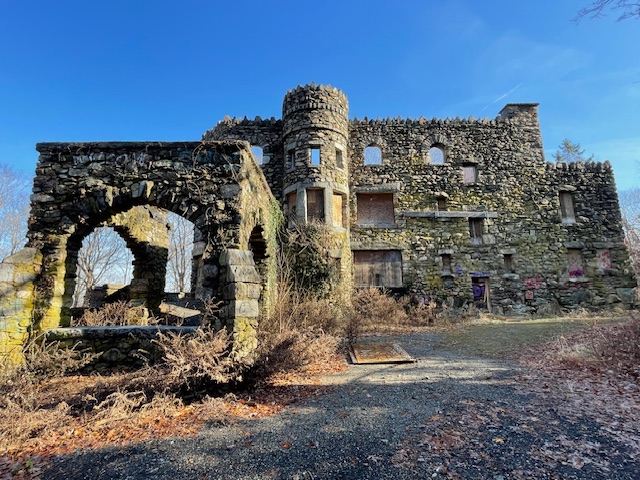
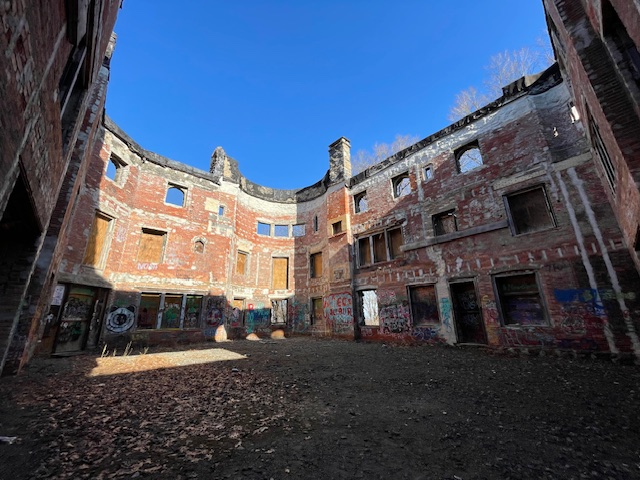
The Last Bits
